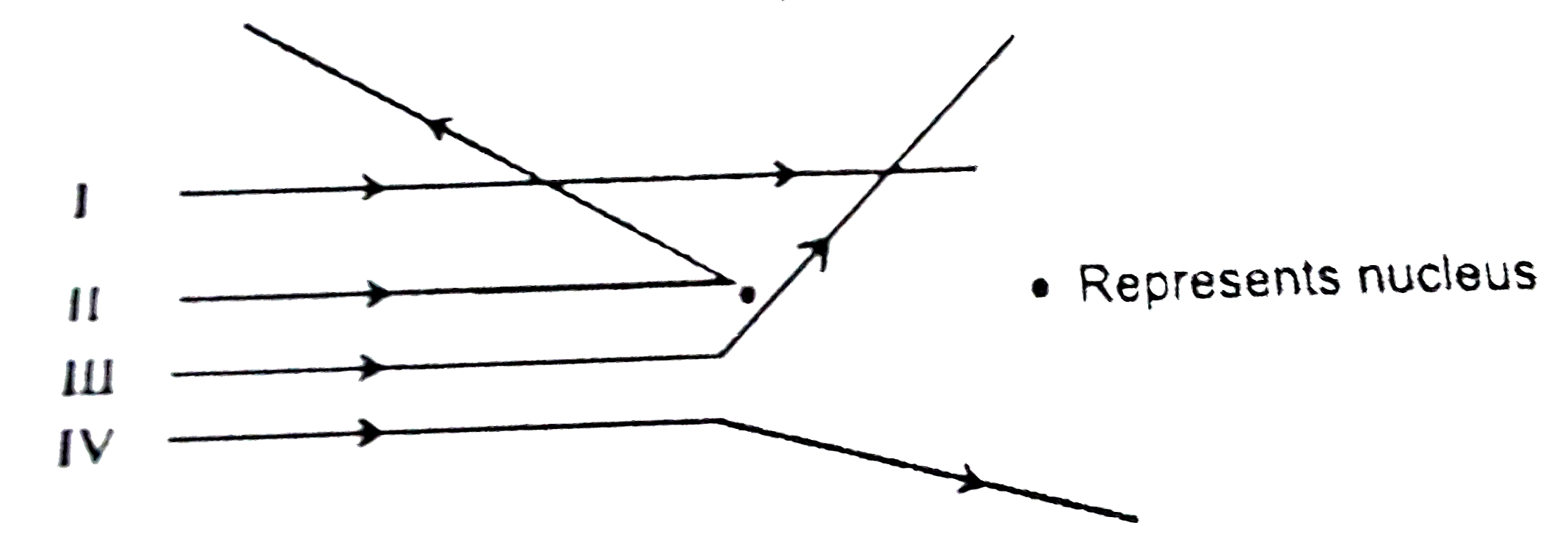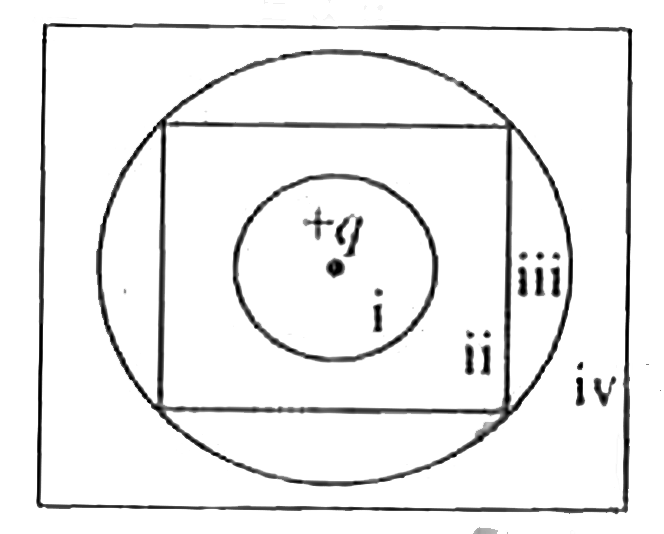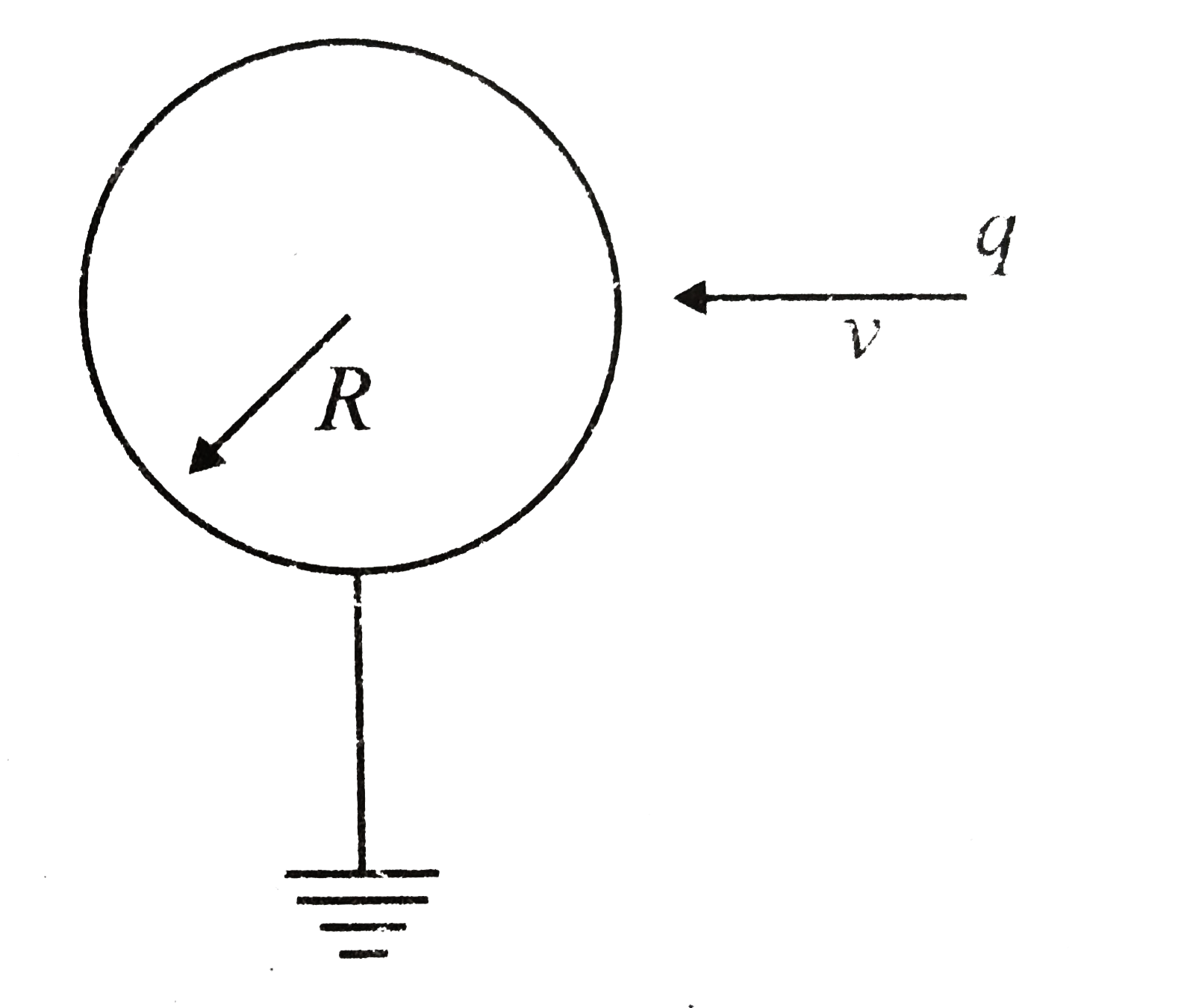Alpha particles are positively charged.
The correct Answer is:T
Step by step video & image solution for Alpha particles are positively charged. by Chemistry experts to help you in doubts & scoring excellent marks in Class 12 exams.
Updated on:21/07/2023Topper's Solved these Questions
- NUCLEAR CHEMISTRYBOOK - CENGAGE CHEMISTRY ENGLISHCHAPTER - NUCLEAR CHEMISTRYEXERCISE - Archives Linked Comprehension
3 Videos
- NUCLEAR CHEMISTRYBOOK - CENGAGE CHEMISTRY ENGLISHCHAPTER - NUCLEAR CHEMISTRYEXERCISE - Archives Multiple Correct
3 Videos
- NUCLEAR CHEMISTRYBOOK - CENGAGE CHEMISTRY ENGLISHCHAPTER - NUCLEAR CHEMISTRYEXERCISE - Exercise Fill In The Blanks
30 Videos
- NCERT BASED EXERCISEBOOK - CENGAGE CHEMISTRY ENGLISHCHAPTER - NCERT BASED EXERCISEEXERCISE - Nuclear Chemistry (NCERT Exercise)
29 Videos
- ORGANIC COMPOUNDS WITH FUNCTIONAL GROUPBOOK - CENGAGE CHEMISTRY ENGLISHCHAPTER - ORGANIC COMPOUNDS WITH FUNCTIONAL GROUPEXERCISE - Archives Analytical And Descriptive
24 Videos
Similar Questions
Knowledge Check
Assertion : During α -particles scattering experiment, 99% of the α-particles get deflected through very large angles.
Reason : The nuclei of atoms are positively charged and repel α-particles which are also positively charged.AIf both Assertion and Reason are correct and Reason is the correct explanation of Assertion.BIf both Assertion and Reason are correct and Reason is not the correct explanation of Assertion.CIf Assertion is correct but Reason is incorrect.DIf Assertion is incorrect but Reason is correct.Assertion : In Rutherford's α-particle scattering experiment, most of the α-particles were deflected by nearly 180∘.
Reason : The positive charge of the atom is spread throughout the atom that repelled and deflected the positively charged α-particles.AIf both assertion and reason are true and reason is the correct explanation of assertion.BIf both assertion and reason are true but reason is not the correct explanation of assertion.CIf assertion is true but reason is false.DIf both assertion and reason are false.
The de-Broglie wavelength of an α−particles at a voltage V is
(Given that α− particle has 2 units positive charge and 4 units mass )
View SolutionA particle with positive charge Q is held fixed at the origen. A second particle with positive charge q is fired at the first paricle, which follows the trajectory as shown in fig.

(a) Is the angular momentum of the second particular momentum of the second particle constant about some axis? Why or why not? Give reason to support your answer.
(b) Does the Coulomb force that one charge exerts on other charges changes if the other charges are brought nearby?(yes/No)
View SolutionThe charge to mass ratio of α− particles is approximately to the charge to mass ratio of protons:
View SolutionWhich of the following path of α-particle is/are possible in the α-particle scattering experiment?

View Solutionfigure shows, in cross section, two Gaussian spheres and two Gaussian cubes that are centered on a positively charged particle on a positively charged partical . Rank greatest first, and indicate whether the manitudes are unifrom or variable along each surface.

View Solutionα-particle consists of
View Solution
